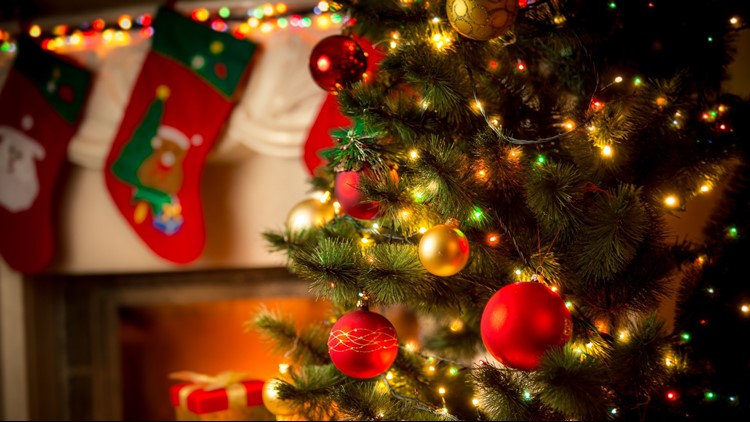WASHINGTON — QUESTION:
Are artificial trees safer than live ones?
ANSWER:
If the artificial trees are "fire-resistant" then yes. In terms of fire safety, as long as the live trees are healthy, green and watered, they still better than dry ones.
SOURCES:
National Fire Protection Association
Jeremy Webb- Fire Educator- Macon, Georgia
PROCESS:
All over social media, people are already posting photos of their gleaming Christmas trees. But with all the electricity circulating around the tree, it can go up in flames in a matter of seconds.
So when it comes to trees catching on fire, which is the safer option -- real or fake?
To get our researchers went to the National Fire Protection Association and a fire educator from Georgia.
Under the supervision of firefighters, our Verify researchers lit some trees on fire.
At first, the artificial one wouldn't catch with a lighter. It took a gallon of gasoline to really get it going. You want to make sure your tree is labeled "fire-resistant."
Firefighters didn't need lighter fluid to get the live tree going. The fire began spreading within a matter of seconds. But, our experts say, had our lush, green tree actually been dry, the flames could have engulfed the demo.
"A dried-out Christmas tree can ignite almost immediately, more so than one that's healthy," Jeremy Webb, a fire educator in Macon, Georgia, said. "A Christmas tree fire can actually be a total loss to a home if it's burning long enough."
Between 2013-2017, U.S. fire departments responded to an average of 160 home fires that started with a Christmas tree ever year, according to data from the National Fire Protection Association.
So we can Verify, yes, a fake tree is safer—that's as long as your artificial tree is labeled "fire-resistant."
The placement of the tree is important too. Make sure the tree is at least three feet away from any heat source, like fireplaces, radiators, heat vents or lights, according to the National Fire Protection Association.



